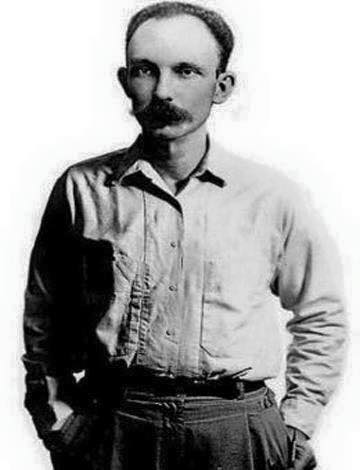
Intel Wi-Fi Provides 6 Mbps Over 100 km
Una realidad en Austria http://www.gps-data-team.com/map/?where=WIFI_FREE_Benecko_-_Apartm%E1ny_Claus_%3E420603110693
EL MOVIMIENTO BLOGGER, ESTA LLAMADO A SER EL CATALIZADOR MORAL DE LOS GOBIERNOS, ANTE LOS OJOS DEL MUNDO
PROYECTO WIFI PARA CUBA DESDE CAYO SAL
Intel Wi-Fi Provides 6 Mbps Over 100 km
March 2008
Intel has announced plans to sell a specialized Wi-Fi platform later this year that can send data from a city to outlying rural areas tens of miles away, connecting sparsely populated villages to the Internet. The wireless technology, called the rural connectivity platform (RCP), will be helpful to computer-equipped students in poor countries, says Jeff Galinovsky, a senior platform manager at Intel. And the data rates are high enough--up to about 6.5 megabits per second--that the connection could be used for video conferencing and telemedicine, he says.
The RCP, which essentially consists of a processor, radios, specialized software, and an antenna, is an appealing way to connect remote areas that otherwise would go without the Internet, says Galinovsky. Wireless satellite connections are expensive, he points out. And it's impractical to wire up some villages in Asian and African countries. "You can't lay cable," he says. "It's difficult, expensive, and someone is going to pull it up out of the ground to sell it."
Already, Intel has installed and tested the hardware in India, Panama, Vietnam, and South Africa. Later this year, the company will sell the device in India, with a target price below $500. The point-to-point technology will require two nodes, which could provide "full back-end infrastructure" for less than $1,000, Galinovsky says.
One node is usually installed at the edge of an urban area, wired to a local-area network cable, he explains. Using a directional antenna, the device shoots data to a receiving antenna as far as 60 miles away. Any farther away, and the system encounters problems due to the curvature of the earth. Practically, most links will be set up less than 30 miles away from one another. Once a node is installed in a village, the connection can be dispersed using standard cables and wireless routers, Galinovsky says.
There is nothing particularly innovative in the antenna technology and the router hardware, he says. The trick, he explains, comes in the software that the radios use to communicate with each other. "If you take standard Wi-Fi and focus it," Galinovsky says, "you can't get past a few kilometers." The reason is that one radio will send out data and wait for an acknowledgment from the other radio that the data was received. If the transmitting radio doesn't receive the acknowledgment in a certain amount of time, it will assume that the data was lost, and it will resend it.
Intel's RCP platform rewrites the communication rules of Wi-Fi radios. Galinvosky explains that the software creates specific time slots in which each of the two radios listens and talks, so there's no extra data being sent confirming transmissions. "We're not taking up all the bandwidth waiting for acknowledgments," he says. Since there is an inherent trade-off between the amount of available bandwidth and the distance that a signal can travel, the more bandwidth is available, the farther a signal can travel. (See a video with a technical explanation of the RCP here.)
Importantly, the devices require relatively little power. Running two or three radios in a link, Galinvosky says, requires about five to six watts. This makes it possible to power the radios using solar energy.
The Intel project and forthcoming product "sound like a huge step forward" in terms of usable bandwidth over long-range lengths, says Deborah Estrin, professor of computer science at the University of California, Los Angeles. Estrin develops technology for sensor networks in remote areas that monitor seismic activity, among other things. She says that these sensors are spread out over large areas and need to transmit large amounts of data. Previous low-power, inexpensive wireless communication technologies could only stretch a few kilometers, she says. "What's important is that Intel is getting much longer distances."
Galinvosky says that the RCP is alluring to markets beyond India. "We're seeing a lot of interest in the industry," he says. "Every time we talk about this, they say, 'We need this yesterday.'"
http://www.technologyreview.com/Infotech/20432/





No hay comentarios:
Publicar un comentario